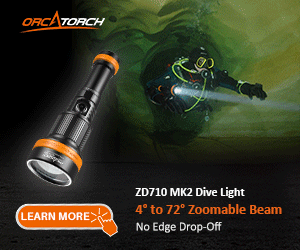I am in the DIY section and well that say's it all. I want to start maintaining and repairing my own gear and well am looking for some input on how to get started.
A bit of back ground on myself. I am a Master Electrcian, I have worked in maintenance or construction for the last 23 years, and prior to that have worked in various other fields of construction. Currently I work in Tech Maintenance for a local municipality in the waste water end. I work with mechanical equipment and test equipment on a daily basis, and know enough to know that I want to start slow and work my way into this.
That being said, can anyone direct me to some reading material like manuals or anything like the chilton manuals but for dive gear. What would be a good first project to under take? I have an old bc that the inflator hose weld came apart so I could take all that apart and see how it works, I do not have any old regs around but could buy a few off ebay.
Thanks for any input and while I know it will be subjective, I will see it for what it is.
A bit of back ground on myself. I am a Master Electrcian, I have worked in maintenance or construction for the last 23 years, and prior to that have worked in various other fields of construction. Currently I work in Tech Maintenance for a local municipality in the waste water end. I work with mechanical equipment and test equipment on a daily basis, and know enough to know that I want to start slow and work my way into this.
That being said, can anyone direct me to some reading material like manuals or anything like the chilton manuals but for dive gear. What would be a good first project to under take? I have an old bc that the inflator hose weld came apart so I could take all that apart and see how it works, I do not have any old regs around but could buy a few off ebay.
Thanks for any input and while I know it will be subjective, I will see it for what it is.



